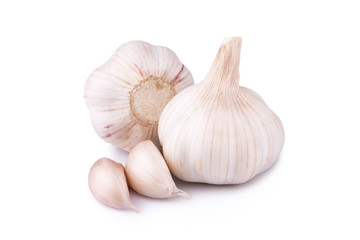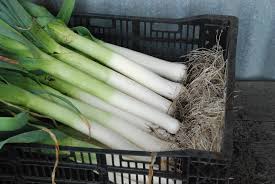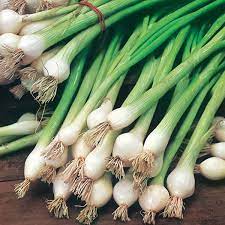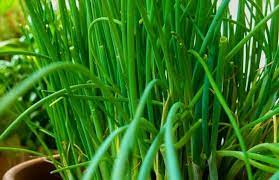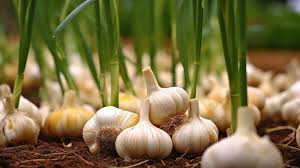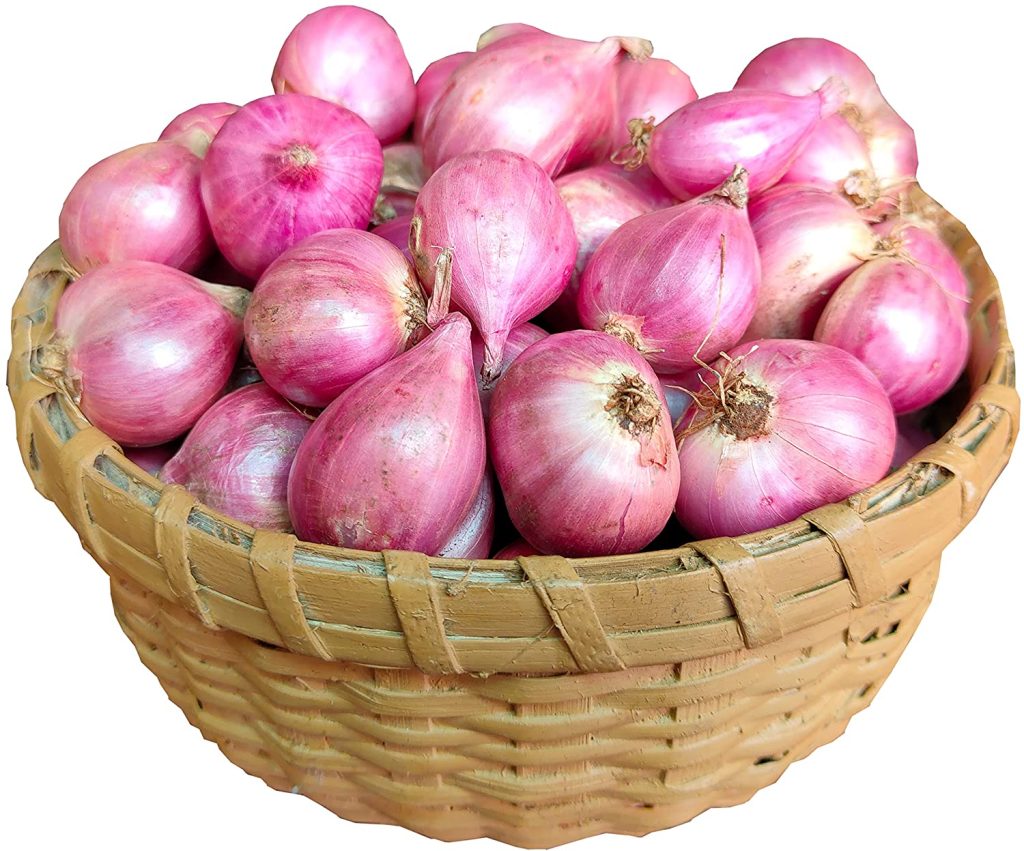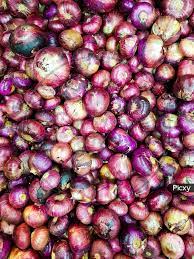Are you in need of in-depth knowledge on onion and garlic production? If yes, we are a call away. Contact us for: Onion seedlings, Garlic seedlings, Germinated garlic cloves, Farm planning services, Soil testing, training on onion and garlic growing, Drip irrigation installation and maintenance, Agronomic support, Onion and Garlic value pack and Farm management. For free consultation, placing orders or booking a visit with an agronomist, please contact us via Call or what’s app +254703982228, Email: Info@oniondoctor.co.ke. You can also check out our social media handles for daily updates on TikTok: https://www.tiktok.com/@oniondoctorke?_t=ZM-8wmsTu0qumO&_r=1 Instagram: https://www.instagram.com/oniondoctorke?igsh=MTVoaHF3aWUydTJzaQ==Facebook:https://www.facebook.com/share/16SwgYn2dG/ Youtube:https://youtube.com/@oniondoctorke?si=u5Jnd-r0qU9UDYqL and Twitter: https://x.com/OnionDoctorKe?t=FR3JXlS_oN1vjjUgAtfyzg&s=09 Starting a garlic farm in Kenya would involve several costs, including land acquisition, labor, equipment, inputs (such as seedlings and fertilizers), and marketing expenses. Here’s a breakdown of the potential involved cost of starting a garlic farm in Kenya: Garlic onion farming can be expensive, depending on the land you want to exploit. The larger the farm, the more the cost you’ll incur and the more promising the produce. The cost of garlic farming in Kenya is Ksh. 75,000 per acre. This amount caters for fertilizer, labor, garlic seedling, and miscellaneous. Therefore, the more land you have, the higher you should expect to spend producing garlic in Kenya. Labor costs: Labor costs will include the cost of hiring workers to prepare the land, plant the garlic, and maintain the farm. The cost of labor will depend on the size of the farm and the number of workers hired. Assuming a small garlic farm of one acre, the labor cost for preparing the land, planting, and maintaining the farm could be approximately KES 20,000 to KES 50,000 per month. Equipment costs: The cost of equipment required for garlic farming will depend on the size of the farm and the level of mechanization. For a small farm of one acre, the equipment required could include a hoe, rake, irrigation system, and wheelbarrow. The cost of equipment could range from KES 60,000 to KES 120,000. Inputs: Inputs required for garlic farming include seedlings, fertilizers, pesticides, and herbicides. The cost of inputs comes at a very competitive price at Onion Doctor, our services and inputs are oh high quality value and be assured of high yield in any acreage of your choice. Marketing expenses: Marketing expenses will include the cost of transporting the garlic to market, packaging, and branding. The cost of marketing will depend on the size of the farm and the distance to market. Assuming a small farm of one acre, the marketing cost could be approximately KES 10,000 to KES 20,000. Onion Doctor supports small holder farmers across Africa with quality and affordable Onion and Garlic seedlings, Onion seedlings, Farm planning services, Soil testing, Drip irrigation installation and maintenance, Agronomic support, Onion and Garlic value pack, Farm management, E-extension and on-farm training for farmers to optimize on yields and get maximum profits.
